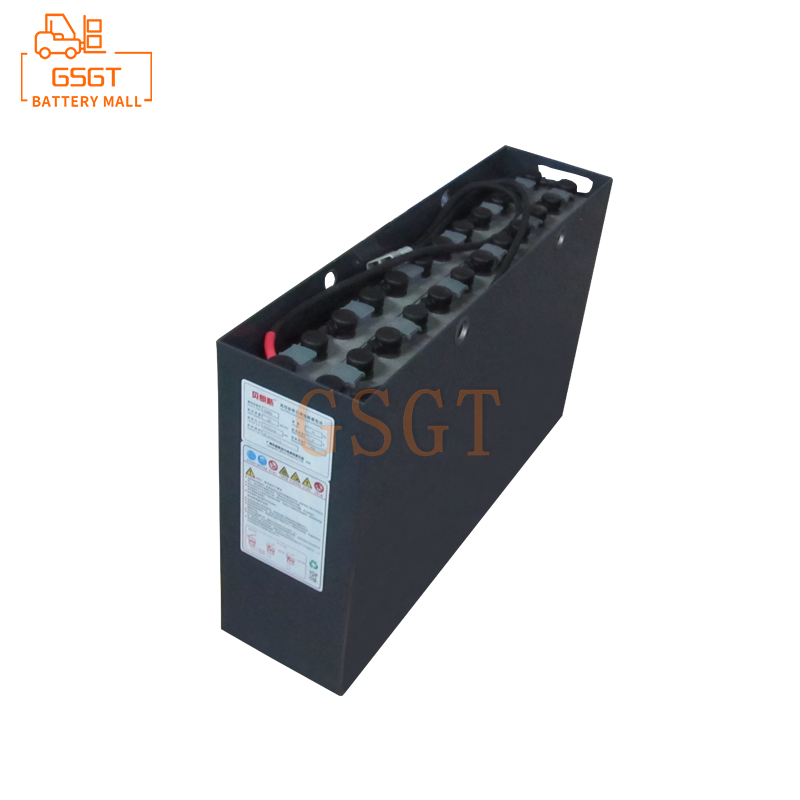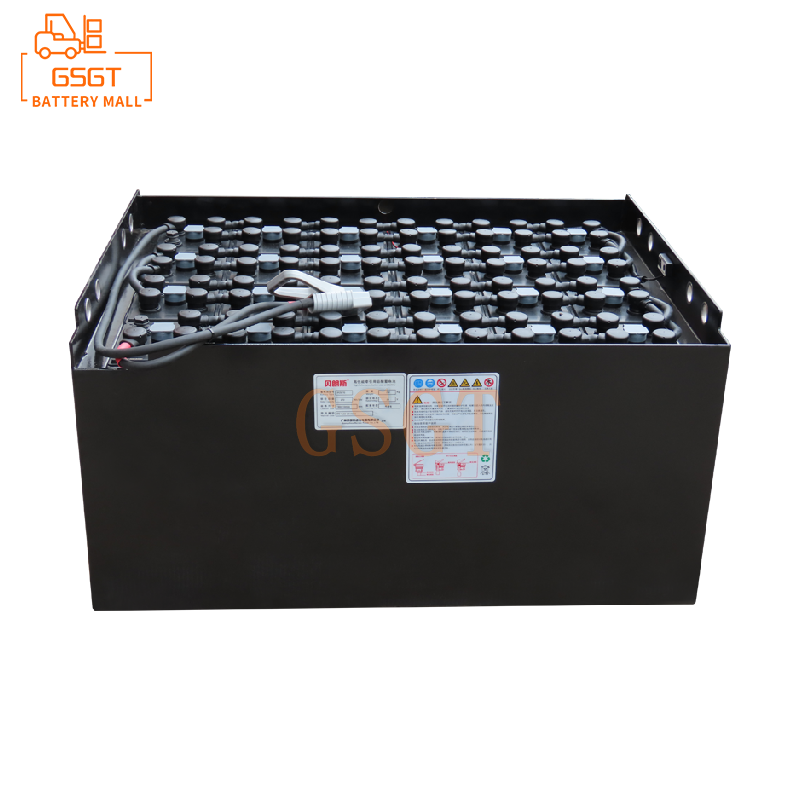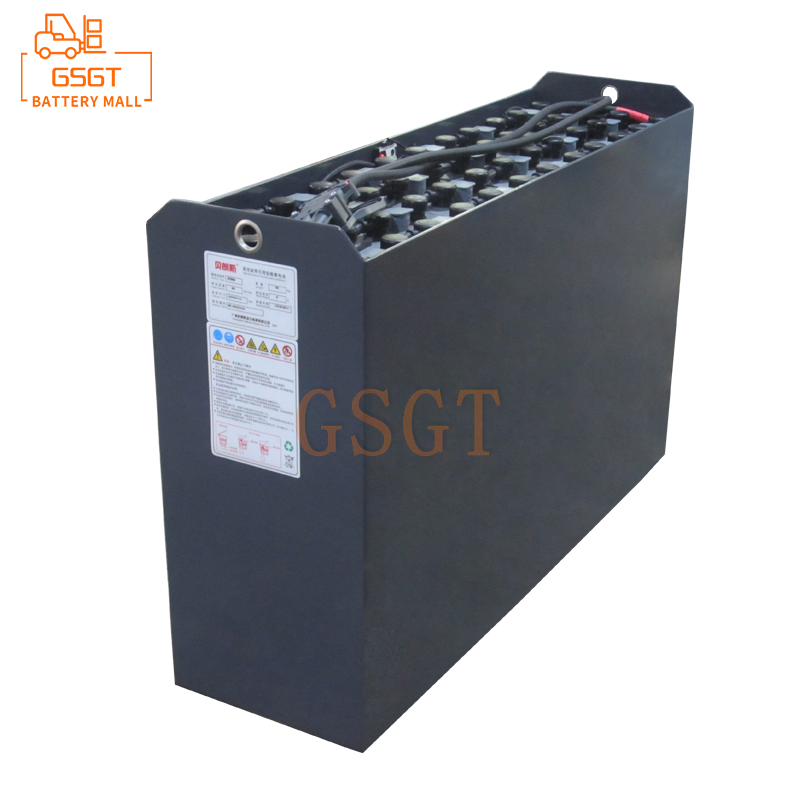Time:2025-06-06 10:47:39
Browse:607
Introduction
Lead-acid batteries have been widely applied in numerous fields due to their advantages such as low cost, mature technology, and excellent high-rate discharge performance, including automotive starting, electric vehicle power, and energy storage systems. However, lead-acid batteries encounter a rather common and intractable problem during use: battery bulging. Battery bulging not only seriously affects the performance and service life of the battery, but also may bring safety hazards.
Studies show that overcharging is one of the main reasons for the bulging of lead-acid batteries. When a battery is overcharged, a series of complex and harmful chemical reactions occur inside the battery, which in turn causes the battery to bulge. Therefore, accurately grasping the overcharge critical point of the charging voltage and taking effective measures to prevent overcharging are of vital significance for preventing the bulging of lead-acid batteries. Among the numerous methods to prevent overcharging, the rational use of a voltmeter is a simple and effective means. This article will delve into how to prevent the bulging of lead-acid batteries through a voltmeter.
Analysis of the Causes of Bulging Lead-Acid Batteries
Internal reactions caused by overcharging
The electrolysis of water intensifies: Under overcharge conditions, a large amount of water inside a lead-acid battery will be electrolyzed. The reaction occurring at the positive electrode produces oxygen. The reaction occurring at the negative electrode produces hydrogen gas. These gases accumulate inside the battery, causing the internal pressure of the battery to rise sharply. When the pressure exceeds the limit that the battery casing can withstand, it will cause the battery to bulge or even rupture.
Accelerated plate corrosion: During overcharging, the excessively high voltage will cause changes in the lattice structure of the active substance lead dioxide on the positive plate, resulting in a decrease in its bonding force with the grid and accelerating the corrosion of the plates. Meanwhile, the spongy lead on the negative plate will also oxidize due to overcharging, further reducing the battery's performance and lifespan. The corrosion of the plates not only affects the charging and discharging capacity of the battery, but may also cause internal short circuits within the battery, leading to more serious problems.
The influence of other factors on the bulge
Excessively high charging temperature: Temperature has a significant impact on the performance and lifespan of lead-acid batteries. When the charging temperature is too high, the chemical reaction rate inside the battery increases, and the electrolysis rate of water also rises accordingly, resulting in the generation of more gas. At the same time, high temperatures will also accelerate the evaporation of the electrolyte inside the battery, causing it to dry up and further affecting the battery's performance. Generally speaking, the optimal charging temperature range for lead-acid batteries is around 25℃. When the temperature exceeds 40℃, the risk of battery swelling will increase significantly.
Battery aging and quality issues: As the usage time increases and the number of charge and discharge cycles rises, the plates inside lead-acid batteries gradually sulfate, the active material decreases, and the internal resistance increases. These aging phenomena will lead to a decline in the battery's charging acceptance capacity and make overcharging more likely to occur. In addition, if the battery itself has quality issues, such as uneven plate material or poor separator quality, it will also reduce the battery's performance and stability, and increase the possibility of bulging.
The determination of the overcharge critical point of lead-acid batteries
The relationship between battery voltage and overcharging
During the charging process of lead-acid batteries, their voltage undergoes regular changes along with variations in the charging state. If charging continues, the voltage will still rise slowly. However, if it exceeds the overcharge critical point of the battery at this time, an overcharge reaction will be triggered.
The overcharge critical points of different types of lead-acid batteries
Ordinary open-type lead-acid batteries: During the charging process of this type of battery, when the voltage reaches a certain level, a large amount of gas begins to precipitate inside the battery, indicating that it is approaching the critical point of overcharging. If charging continues at a large current, the voltage will rise rapidly and the overcharging reaction will intensify.
Sealed maintenance-free lead-acid battery: When a sealed maintenance-free lead-acid battery reaches the overcharge critical point voltage, due to its sealed structure, the gas undergoes oxygen circulation and recombination inside. However, when the voltage exceeds the overcharge critical point, the gas generation rate exceeds the recombination rate, which also leads to an increase in internal pressure and poses a risk of bulging.
Colloidal lead-acid battery: The electrolyte of a colloidal lead-acid battery is in a colloidal state, and its overcharge critical point voltage is similar to that of a sealed maintenance-free lead-acid battery. The existence of colloidal electrolytes has improved the stability of batteries, but overcharging remains an important factor threatening their lifespan and safety.
The application of voltmeters in preventing battery swelling
The working principle and type selection of voltmeters
Working principle: A voltmeter is an instrument used to measure the voltage difference between two points in a circuit. Its working principle is based on Ohm's Law. By measuring the current across a known resistor, it calculates the voltage between the two points being measured. When measuring the voltage of a lead-acid battery, connect the positive probe of the voltmeter to the positive terminal of the battery and the negative probe to the negative terminal, and the terminal voltage of the battery can be displayed.
Type selection: Voltmeters used for monitoring the voltage of lead-acid batteries can be divided into pointer-type voltmeters and digital voltmeters. Pointer-type voltmeters indicate voltage values through the deflection Angle of the pointer. Their advantages are intuitive and low cost, but their accuracy is relatively low and the reading error is relatively large. Digital voltmeters directly display voltage values in digital form, featuring high precision, accurate readings, and greater sensitivity. They can promptly reflect even the slightest changes in battery voltage. Therefore, in the application of preventing the bulging of lead-acid batteries, it is recommended to give priority to digital voltmeters.
How to correctly use a voltmeter to monitor battery voltage
Connection method: Firmly connect the positive probe of the digital voltmeter to the positive terminal of the lead-acid battery and the negative probe to the negative terminal. Ensure reliable connection and avoid inaccurate voltage measurement due to poor contact. During the connection process, the battery should be disconnected from the charger or load first to ensure operational safety.
Monitoring frequency: During the battery charging process, the battery voltage should be monitored regularly. For ordinary lead-acid batteries, it is recommended to measure the voltage every 15 to 30 minutes. For sealed maintenance-free lead-acid batteries and gel lead-acid batteries, as they are more sensitive to overcharging, the monitoring frequency can be appropriately increased, with measurements taken every 10 to 15 minutes. When the battery voltage approaches the overcharge critical point, the monitoring frequency should be increased and the voltage changes should be closely monitored.
Data recording and analysis: After each measurement of the battery voltage, the measurement data should be recorded. By analyzing the voltage data at different charging stages, the battery charging voltage curve can be plotted, thereby providing a more intuitive understanding of the battery's charging status and trend. If the voltage rises abnormally fast or exceeds the overcharge critical point, charging should be stopped immediately and the charger and battery should be checked for any faults.
Preventive measures for battery bulging based on voltmeter monitoring
Set a reasonable charging cut-off voltage
According to the type and specification of the lead-acid battery used, and in combination with its overcharge critical point voltage, set a reasonable charging cut-off voltage on the charger. During the charging process, when the voltmeter indicates that the battery voltage reaches the set charging cut-off voltage, the charger should automatically stop charging or switch to the float charging state to prevent overcharging.
Control the charging time by combining a voltmeter and a timer
In addition to monitoring the battery voltage through a voltmeter to prevent overcharging, a timer can also be combined to control the charging time. Generally speaking, the charging time of lead-acid batteries should not be too long to avoid overcharging. When using the timer, you can estimate the approximate charging time based on the battery capacity and the charging current of the charger, and set the timer to the corresponding duration. When the charging time reaches the set value, even if the voltmeter shows that the battery voltage has not yet reached the overcharge critical point, charging should be stopped to ensure safety. Meanwhile, during the charging process, the battery voltage still needs to be monitored through a voltmeter to prevent overcharging caused by changes in battery internal resistance and other reasons.
Regular inspection and maintenance
Voltmeter calibration: Regularly calibrate the voltmeter used to monitor the voltage of lead-acid batteries to ensure its measurement accuracy is accurate and reliable. It is generally recommended to calibrate the voltmeter every 3 to 6 months. Calibration can be carried out using a high-precision standard voltage source for comparison. If there is any deviation, the voltmeter should be adjusted or replaced in a timely manner.
Battery health check: Regularly conduct health checks on lead-acid batteries, including appearance inspection, electrolyte inspection, internal resistance measurement, etc. Through visual inspection, check whether there are any abnormal phenomena such as bulging, deformation or cracking on the battery casing. Check whether the electrolyte level is normal. If it is an open lead-acid battery, the electrolyte level should be 10-15mm higher than the plates. If the level is too low, distilled water or special electrolyte should be added. Use a professional internal resistance tester to measure the internal resistance of the battery. If the internal resistance increases significantly, it indicates that the battery may be aging or faulty, and it needs to be dealt with promptly.
Conclusion
The bulging problem of lead-acid batteries seriously affects their performance, lifespan and safety, and overcharging is one of the main causes of bulging. By thoroughly understanding the causes of lead-acid battery bulging, accurately determining the overcharge critical point, and rationally using a voltmeter for voltage monitoring, combined with setting a reasonable charging cut-off voltage, controlling charging time, and regular inspection and maintenance measures, battery overcharging can be effectively prevented and the risk of battery bulging can be reduced. In practical applications, whether it is electric vehicles, communication base stations or other fields that use lead-acid batteries, attention should be paid to the charging management of batteries, and the role of voltmeters in preventing battery bulging should be fully utilized to extend the service life of batteries and improve the reliability and safety of system operation. In the future, with the continuous advancement of technology, it is expected that more intelligent and precise battery charging management systems will be developed, further enhancing the performance and safety of lead-acid batteries.

$1060

$5030

$3920

$2530

MESSAGE
Professional And Efficient
Security
Affordable Price
Professional Services